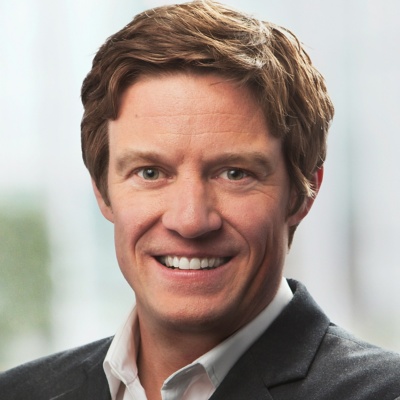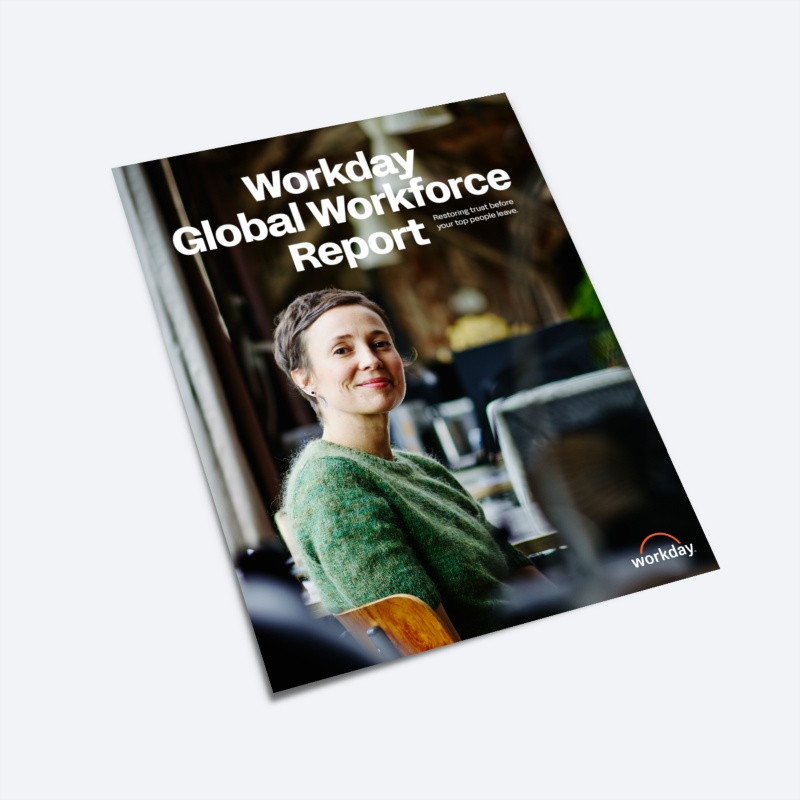Our People Commitment? in Action at ²ÝÝ®ÊÓƵ
When we decided to revisit our core talent principals at ²ÝÝ®ÊÓƵ, our executive committee partnered with the People & Purpose Team (P&P) and Talent Strategy Group (TSG) to roll up our sleeves and spearhead the work together. TSG put together a survey that 12 executives, 26 senior functional leaders, and 5 P&P leaders participated in, along with a 1:1 interview to clarify their responses and add depth to their perspectives. Some of the questions were:
How is our current approach to talent getting in the way of our business goals??
How is our ¡°performance bar¡± changing as ²ÝÝ®ÊÓƵ scales??
Can you be a culture carrier if you aren¡¯t delivering high performance?
The resulting data, along with a series of intensive executive committee workshops, yielded invaluable insights and provided a comprehensive view from various levels of management and leadership.?
One of my favorite insights from these workshops came in the form of a debate when discussing the relationship between the?¡°·É³ó²¹³Ù¡±?of performance and the?¡°³ó´Ç·É¡±?of cultural values. We were asking ourselves: Can an employee be meeting performance expectations if they are a culture carrier, while not fully delivering on business performance? And conversely, can employees meet expectations if they are crushing it on performance, but not being a culture carrier?
This is a classic leadership dilemma, but as a result of the debate emerged an explicit belief: Performance at ²ÝÝ®ÊÓƵ requires both delivering on goals?and?demonstrating our values in action. In turn, this belief became an essential factor in how every ²ÝÝ®ÊÓƵ employee is assessed for performance today.?
Our leadership team came out of this exercise fully aligned, establishing a true north for our talent strategy, ensuring we were all heading in the same direction. Sheri Rhodes, chief customer officer here at ²ÝÝ®ÊÓƵ, explains it best: ¡°With survey and interview data, we could see that leadership had distinct and different views on the current state of talent management across the company¡ªyet were highly aligned on the future state. These conversations were much needed.¡±
With our People Commitment established, our next challenge was to rethink our talent practices and how to implement these practices holistically through our ²ÝÝ®ÊÓƵ platform. The goal was to identify consistent, equitable, and scalable talent practices that would drive high performance and enable employees to learn new skills and advance their careers.?
It¡¯s important to acknowledge that a talent philosophy, like a blueprint of a house, won¡¯t build itself. It will only be as effective as their integration into your business.?
This is where the intersection between a talent philosophy and technology comes to the forefront. Architecting your tech stack in a way that supports your talent philosophy is required for success. You can have the world¡¯s best strategy, but without technology supporting it in coming to life, it will fall flat.
In a recent study by SHRM, it was reported that only?, often resulting in slower profit growth for misaligned organizations. This demonstrates the added value of not only having a strategy, but ensuring it¡¯s leveraged. Infusing your strategy into programs, systems, and technology helps to maximize potential at scale.




